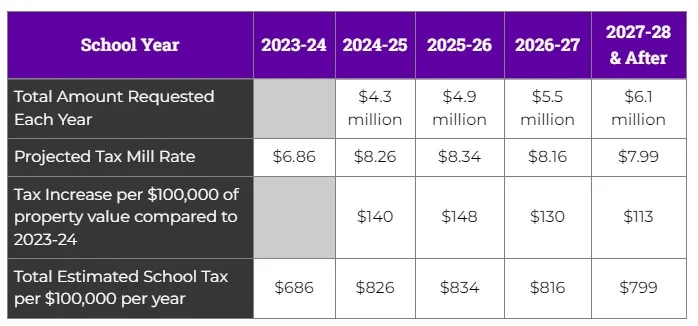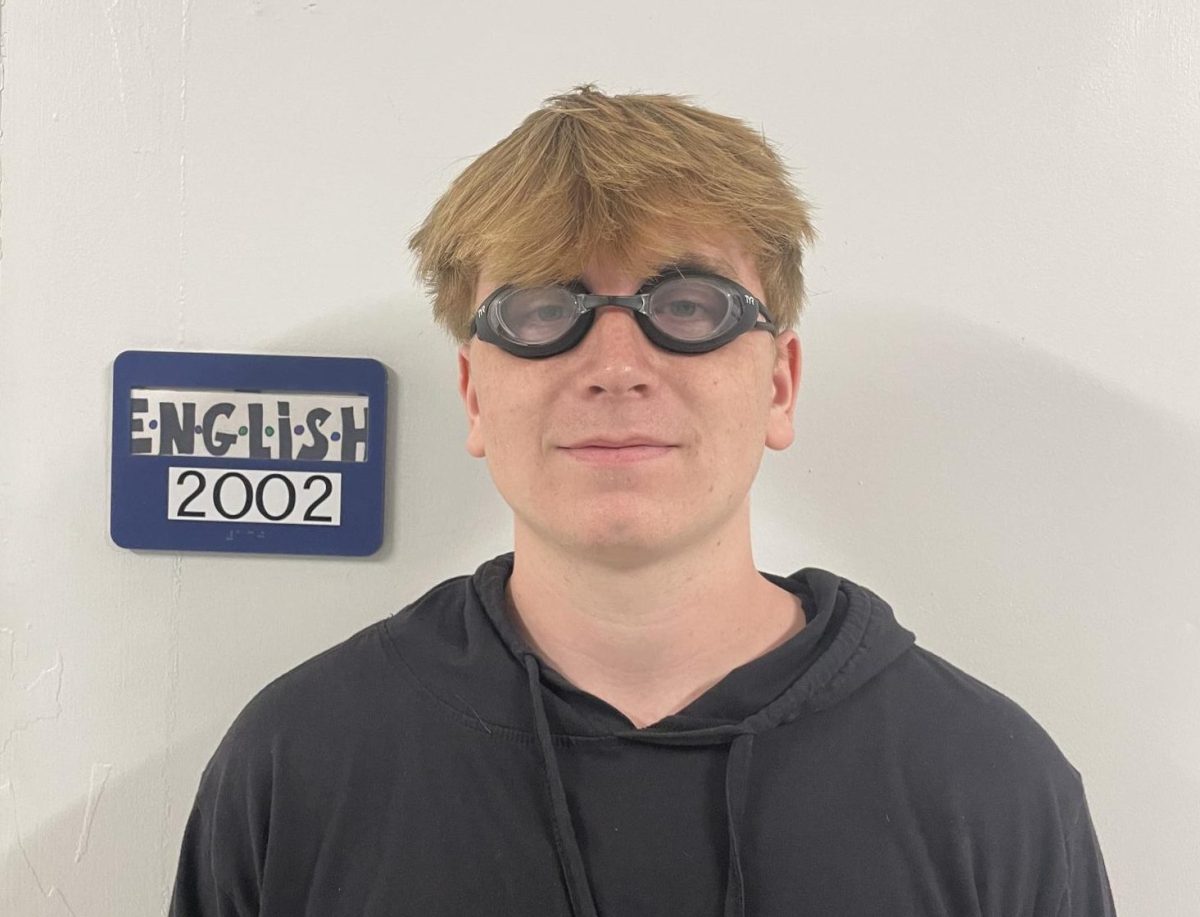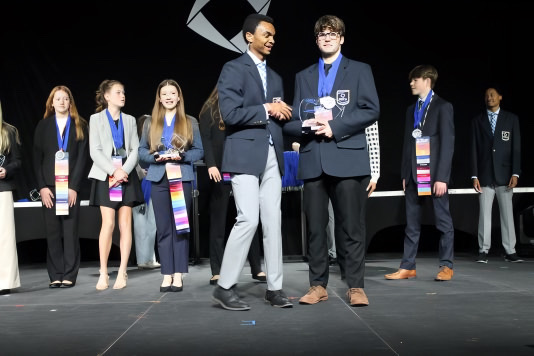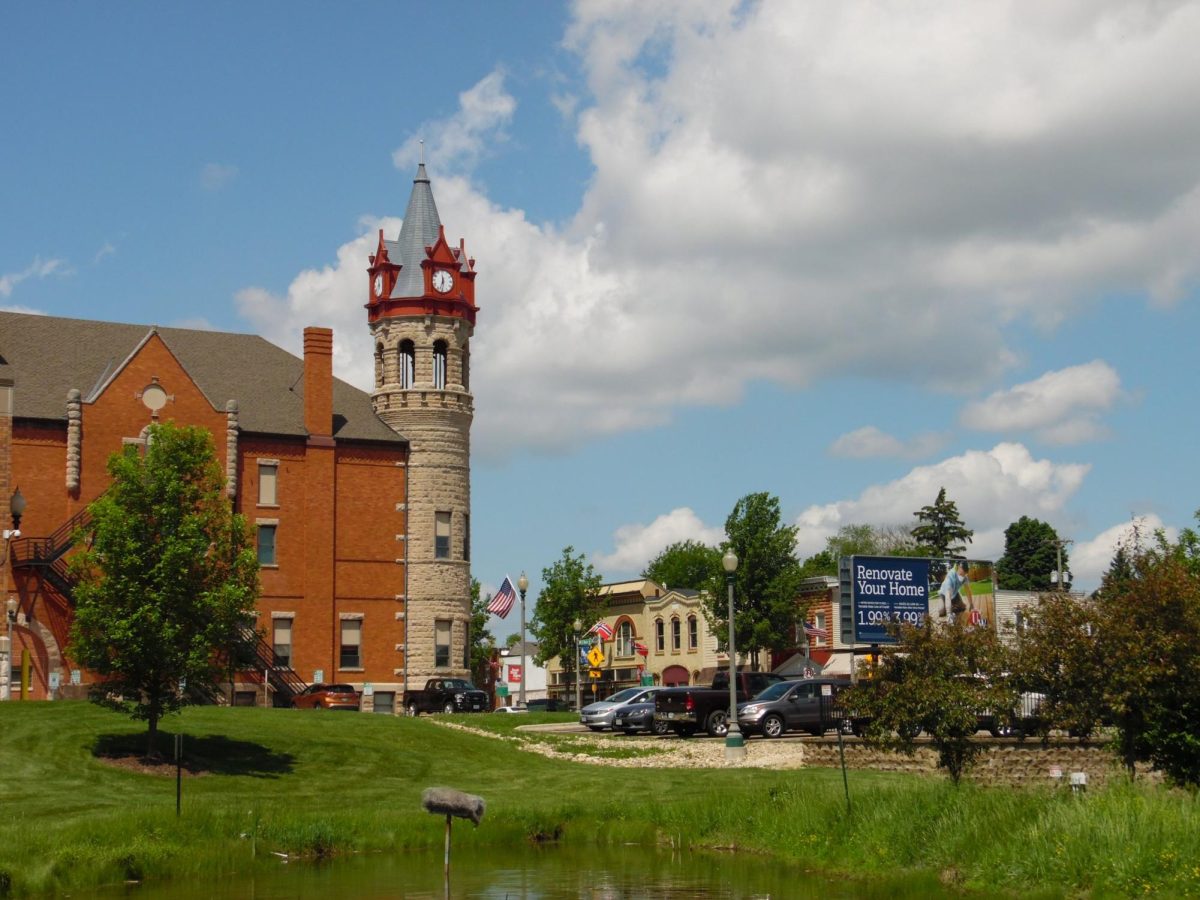In early April, the city of Stoughton voted on an operational referendum that would preserve the longevity of district programs and services, as well as hire additional staff to support students with literacy and mathematic achievements.
Why was this referendum necessary in the first place? Typically, Wisconsin school districts receive a set amount of funding depending on the number of students enrolled. In the past, the per-student value was sufficient due to lower inflation rates. Since then, inflation has increased, but funding has not.
In an article written in the Courier Hub by Former School Board Vice President Francis Sullivan, he explained that “The state has a multibillion-dollar budget surplus, but the legislature chose not to increase per-student funding by a single dollar from 2021-23.” This caused districts to exhaust their COVID funding, which was meant to be saved as a safety net.
After the 2022-23 school year, Gov. Tony Evers did raise the per-student number by 325 dollars, meaning the current per-student value is 742 dollars. However, this value does not keep up with the rate of inflation, causing many districts, including Stoughton, to have to put referendums on the ballot.
In response to this, the April 2 operational referendum increases taxes by just over $100 per $100,000 in property value per household. For the 2024-25 and 2025-26 school years, the tax increase will be $140 and $148, respectively. Each year, an increase of $600,000 is requested from taxpayers, starting with the initial $4.3 million in 2024. In future years, taxes are projected to decrease as more settlements are built in Stoughton, and the population increases.
Robert Last, a mathematics teacher and member of the teacher union at Stoughton High School thinks this referendum is a step in the right direction, but believes previous referendums involving school renovations have been financially “ill-timed.”
“I’m happy that we have nice facilities, but that’s not a replacement for investing in our people,” Last said. “Money should be spent on the people […], that’s what gets the long-term results.”
The Board’s original staffing recommendation was to cut two full-time educator (FTE) positions— a kindergarten teacher and an unoccupied Orchestra teaching position for grades six through eight.
However, the vote taken during the April 15 board meeting led to the rejection of the initial orchestral cut. This means that the Orchestra teaching position at River Bluff Middle School will be maintained and ideally filled by the coming school year. Erika Meyer, the Orchestra Director for the Stoughton Area School District, elaborated on the importance of preserving the orchestra program.
“With the decision to keep the 1.0 FTE, meaning that SASD will have 2.0 Orchestra teachers there will be enough Orchestra Educators to effectively and equitably teach all the orchestra students in 5th through 12th grade. This level of access to an orchestra teacher at all levels means that the orchestra program students are going to thrive.”
Declining enrollment in Stoughton schools has led to an average of 19 students per kindergarten class throughout the district. Due to low numbers, one kindergarten teaching position will be cut next year. As of April 17, the school of which the teacher will be cut is undetermined.
A common misconception of the referendum is that the Board would be bringing on more teachers to combat rising class sizes as well as declining literacy rates. As of April 17, only an eighth-grade and one health-teaching position are planned to be added; this means that class sizes will remain the same, if not larger, in grades 9-12. Instead of standard teaching positions, $295,000 of the budget is planned for hiring two Reading Interventionists and one Math Interventionist for the entire district.
These new positions have been met with mixed reception. On one hand, the students who require the most help will have more resources to assist in their learning. This extends to special education students who require additional support meeting literacy and mathematic needs.
On the other hand, a significant portion of the budget will be spent on a fraction of the student population. Class sizes are not being combatted, and several general education courses at SHS will have numbers in the mid-thirties next year. Furthermore, this goes hand-in-hand with a smaller array of courses offered. Fewer offered courses will result in students having to spend additional time with counselors to work out conflicting schedules.
At the last two board meetings, Stoughton community members questioned the effectiveness of hiring interventionists rather than traditional teachers. To simplify, the argument has been, “If students are struggling to develop literacy and numeracy skills, why are we choosing to support them later rather than reinforcing our elementary curriculum?” At the April 15 board meeting, District Administrator Dan Keyser reinforced the necessity of interventionists rather than elementary FTEs, but the role of these interventionists has yet to be determined.
For more information regarding the referendum, visit the SASD Media Youtube.
Categories:
It Passed, What’s Next?
The Estimated Tax Impact over the next four years.
0
More to Discover
About the Contributor
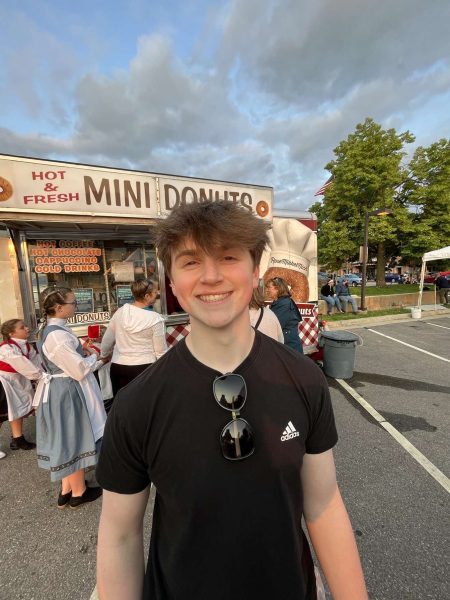
Bode Jensen, News Editor
Bode is a senior, and this is his second year on staff! He’s the news editor. He joined to dive into something he was completely unfamiliar with. Outside of the Norse Star, he also plays soccer and is part of the National Honor Society! After high school, he’d like to major in computer hardware engineering or biochemistry with a minor in Spanish. Some of his interests outside of school include building computers, playing with his dog Indi, and going to football games with friends.


